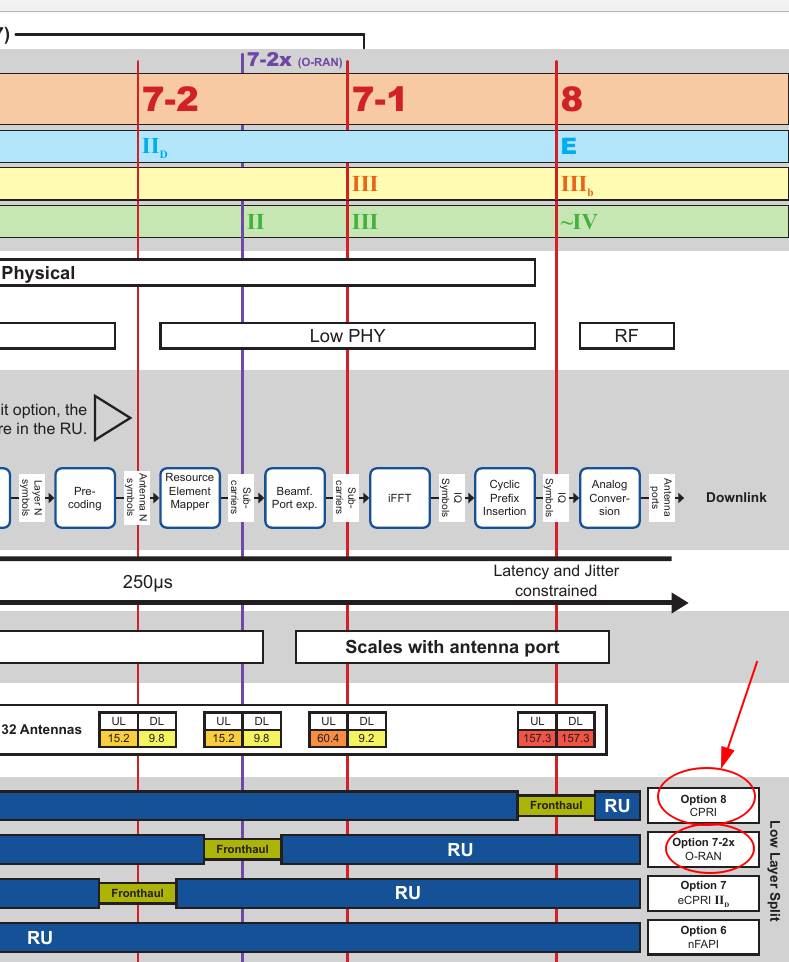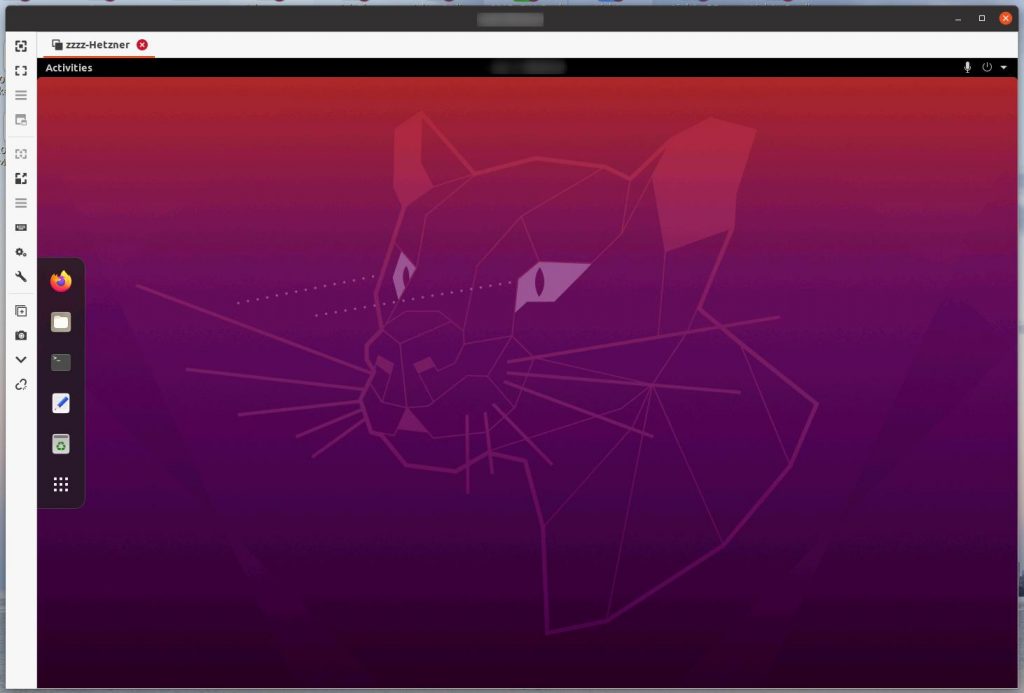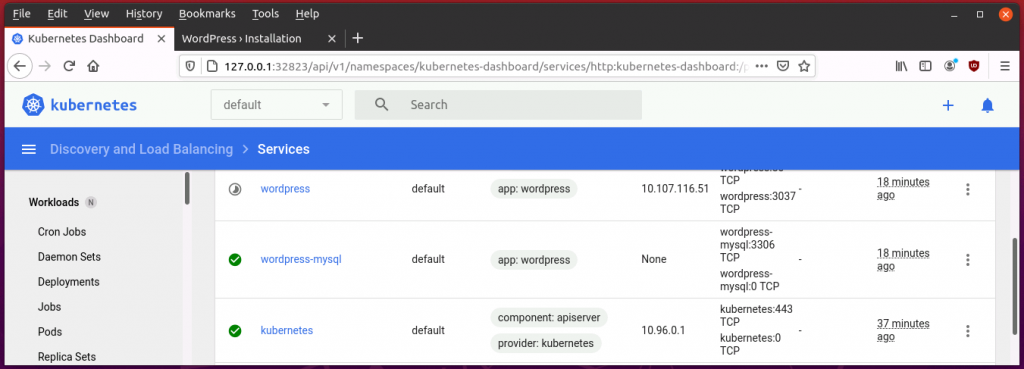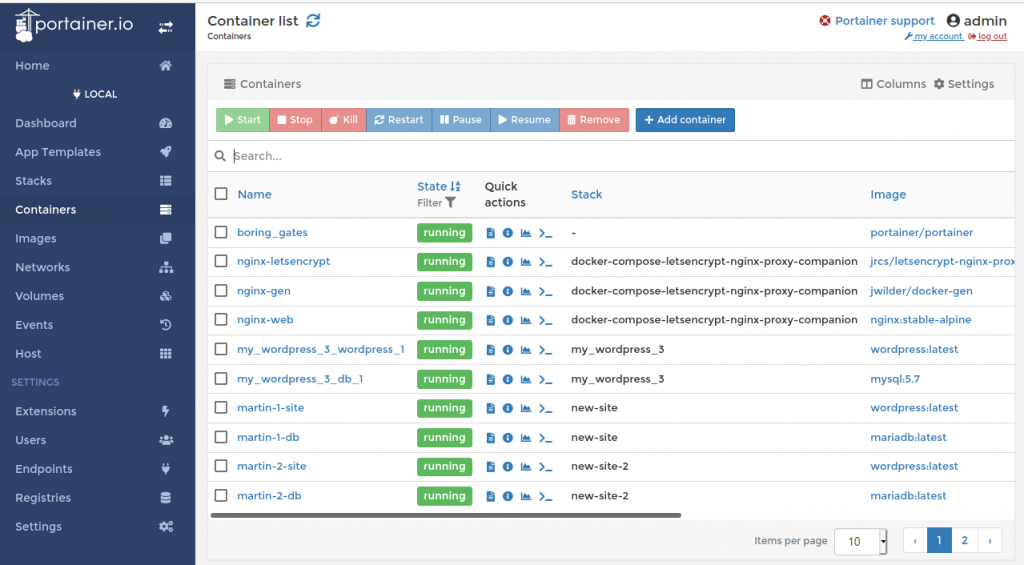
When people ask me for the ‘elevator pitch’ on ORAN my quick summary is that Open-RAN aims to:
1) separate hardware from software;
2) put all software that does not require dedicated hardware on virtualized (x86) servers or into containers ‘in the cloud’ and use high speed fiber links to connect to the remaining hardware (and software) at the distributed cell sites;
3) provide standardized interfaces between components in the RAN so software and hardware can come from different vendors.
4) increase competition to foster innovation and reduce prices.
There are lots of interfaces standardized in ORAN and each has its individual story of how and why. One interface of particular interest to me is the fiber connection between the digital baseband unit at a cell site, usually at the lower end of a tower, and the radio unit which is usually located at the top of a tower close to the antennas. This part of the RAN is also referred to as the ‘fronthaul‘ and the CPRI protocol is used to exchange data over the link. So how does that work today and how does ORAN want to change this interface to become more flexible and open?
Continue reading CPRI, eCPRI, ORAN and the Fronthaul


